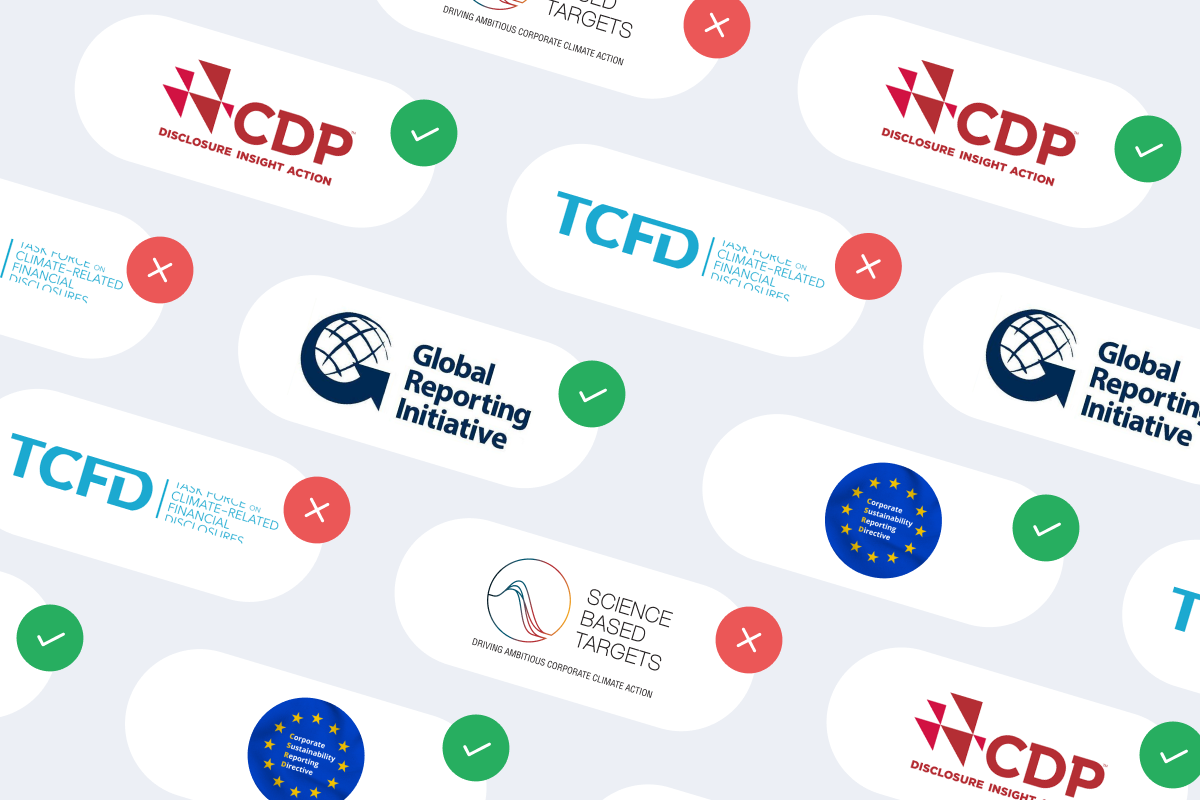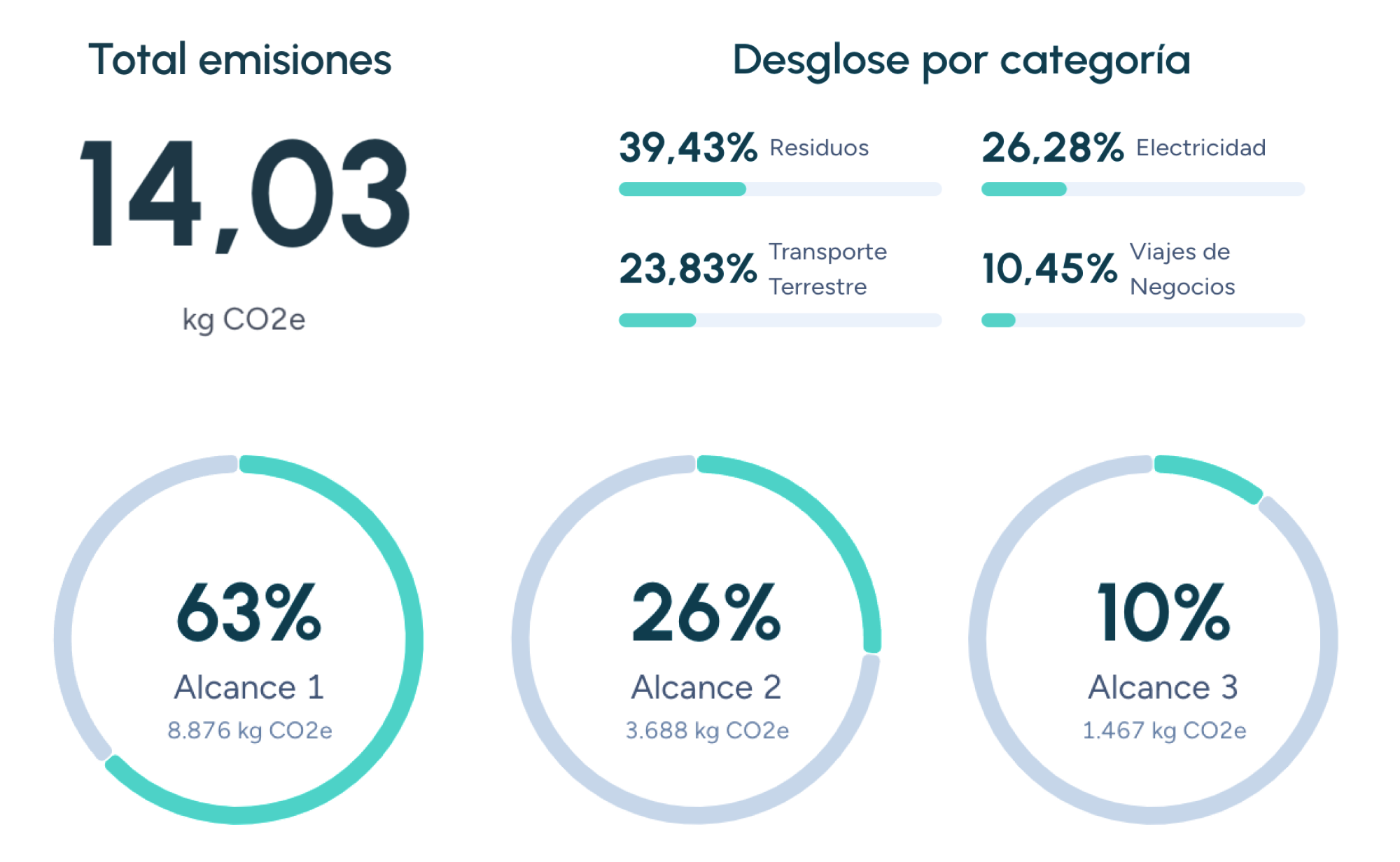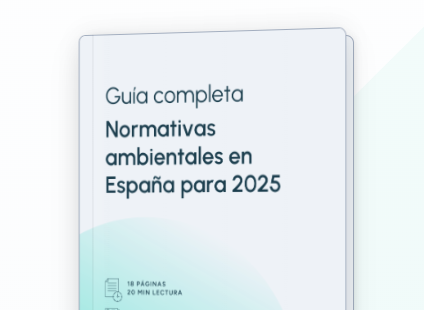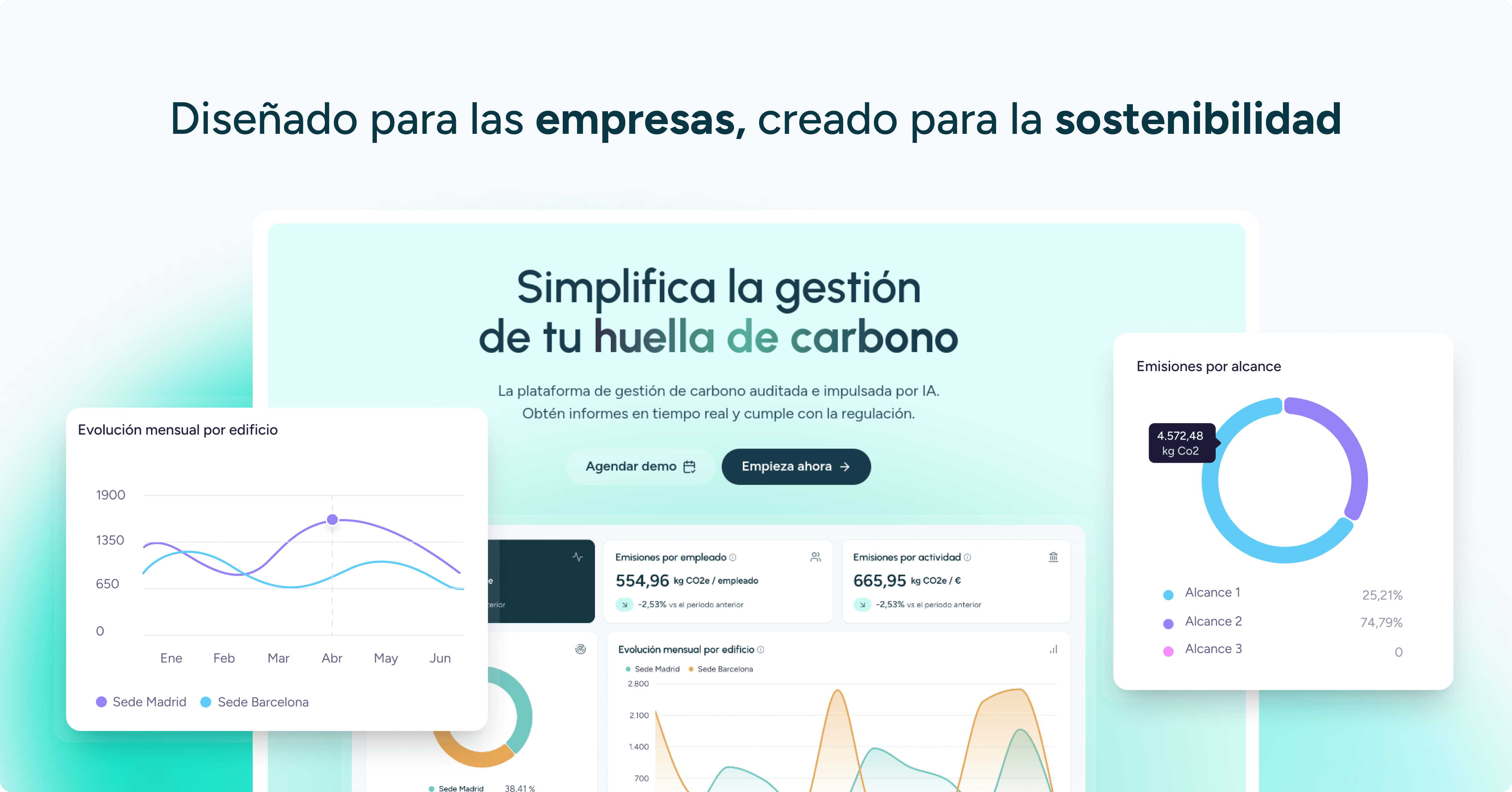PNIEC (Integrated National Energy and Climate Plan)
The Integrated National Energy and Climate Plan (PNIEC) is a key strategy for addressing Spain’s energy and climate challenges. Developed in compliance with European Union guidelines, this plan sets out the goals and measures the country must implement to reduce greenhouse gas (GHG) emissions, increase energy efficiency, and promote the use of renewable energy. Additionally, the PNIEC is an essential instrument for meeting the commitments under the Paris Agreement and advancing toward climate neutrality by 2050. The PNIEC not only has political and economic implications but also plays a crucial role in measuring and reducing the carbon footprint. Businesses, institutions, and citizens can use this plan as a reference to align their sustainability strategies with national objectives.
What is the PNIEC?
The Integrated National Energy and Climate Plan (PNIEC) is a strategic document developed by the Government of Spain within the framework of the European Union’s climate and energy policies. This plan is a requirement under the Governance Regulation of the Energy Union and Climate Action (EU Regulation 2018/1999), which mandates that member states submit integrated plans detailing how they will achieve the climate and energy targets set for 2030.
The PNIEC 2021-2030 defines Spain’s objectives in five key dimensions of energy and climate policy:
- Decarbonization: Reduce greenhouse gas emissions by at least 23% compared to 1990 levels.
- Renewable energy: Achieve 42% renewable energy consumption in the final energy mix.
- Energy efficiency: Improve energy efficiency by 39.5%.
- Energy security: Ensure a secure and resilient energy supply.
- Research, innovation, and competitiveness: Promote research and development in clean technologies.
The PNIEC as a climate planning tool
The PNIEC is not just a political plan but a strategic roadmap that enables Spain to transition to a sustainable energy model. It includes concrete measures such as promoting electric mobility, supporting local energy communities, and improving energy efficiency in buildings and industries.
Additionally, the PNIEC establishes a framework for collaboration between public administrations, businesses, and citizens, encouraging active participation across all sectors of society in the fight against climate change.
The PNIEC and the carbon footprint
The carbon footprint is a key indicator for measuring the environmental impact of human activities, as it quantifies greenhouse gas emissions generated directly or indirectly. In this context, the PNIEC plays a crucial role by providing a regulatory and strategic framework to reduce these emissions across all economic sectors.
Emissions Measurement within the PNIEC
The PNIEC sets specific targets for emissions reduction in sectors such as industry, transportation, agriculture, and energy generation. Achieving these targets requires advanced tools for measuring and managing emissions efficiently.
For example, the PNIEC promotes the adoption of measurement and analysis technologies that enable businesses to identify their main sources of emissions and design reduction strategies aligned with national objectives. This includes both direct emissions (Scope 1) and indirect emissions (Scopes 2 and 3), which are essential for obtaining a comprehensive view of the carbon footprint.
The impact of the PNIEC on businesses
The PNIEC also has significant implications for businesses, which must adapt to new regulations and adopt more sustainable practices. Measures promoted by the plan include:
- Transitioning to renewable energy sources.
- Improving energy efficiency in production processes.
- Implementing emission management systems.
PNIEC objectives and the Paris Agreement
The PNIEC is designed to fulfill Spain’s commitments under the Paris Agreement, which aims to limit global temperature rise to below 2°C above pre-industrial levels. To achieve this, the PNIEC sets ambitious goals that contribute to emission reductions at both the national and European levels.
Specific targets for 2030
Some of the key PNIEC targets include:
- Reducing GHG emissions by 23% compared to 1990.
- Achieving 74% renewable energy penetration in electricity generation.
- Reducing primary energy consumption by 39.5%.
These goals are not only essential for mitigating climate change but also represent an opportunity to modernize the Spanish economy and drive innovation in key sectors.
Additional benefits of the PNIEC
Beyond its environmental benefits, the PNIEC also has positive economic and social impacts, including:
- Job creation in renewable energy and energy efficiency sectors.
- Reduced dependence on imported fossil fuels.
- Improved air quality and public health.
The role of technology in implementing the PNIEC
Technology plays a fundamental role in implementing the PNIEC by enabling more efficient monitoring and management of emissions. Tools like Manglai, which offer impact analysis and interactive dashboards, are essential for businesses and administrations to assess their progress and make informed decisions.
Artificial intelligence (AI) is one of the most promising trends in emissions management. AI can analyze large volumes of data and generate personalized recommendations for reducing the carbon footprint. This is particularly relevant within the PNIEC framework, where data-driven decision-making is key to achieving set objectives.
Manglai and the PNIEC
As carbon footprint measurement and reduction become increasingly important, the PNIEC provides a clear roadmap for transitioning to a more sustainable future. Tools like Manglai, which facilitate emissions calculation and decarbonization scenario planning, can be valuable allies for businesses and institutions looking to align with the plan’s objectives.
For more information on the PNIEC, you can consult the official document on the website of the Ministry for the Ecological Transition and the Demographic Challenge: Integrated National Energy and Climate Plan.
Companies that already trust manglai





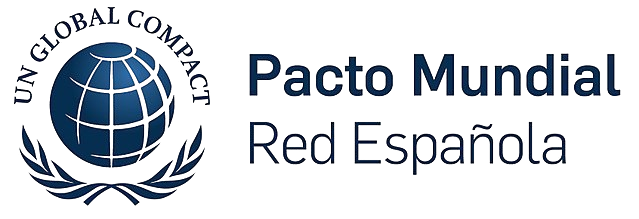








"Polluter Pays" principle
The "polluter pays" principle establishes that those responsible for pollution must bear the costs of their actions, promoting sustainability and environmental justice within the current legal and business framework.
Climate Change and Energy Transition Law 7/2021
The Climate Change and Energy Transition Law 7/2021 establishes a legal framework in Spain to reduce greenhouse gas emissions and promote sustainability, playing a key role in measuring and managing corporate carbon footprints.
"Polluter Pays" principle
The "polluter pays" principle establishes that those responsible for pollution must bear the costs of their actions, promoting sustainability and environmental justice within the current legal and business framework.
Guiding businesses towards net-zero emissions through AI-driven solutions.
© 2025 Manglai. All rights reserved
Política de Privacidad